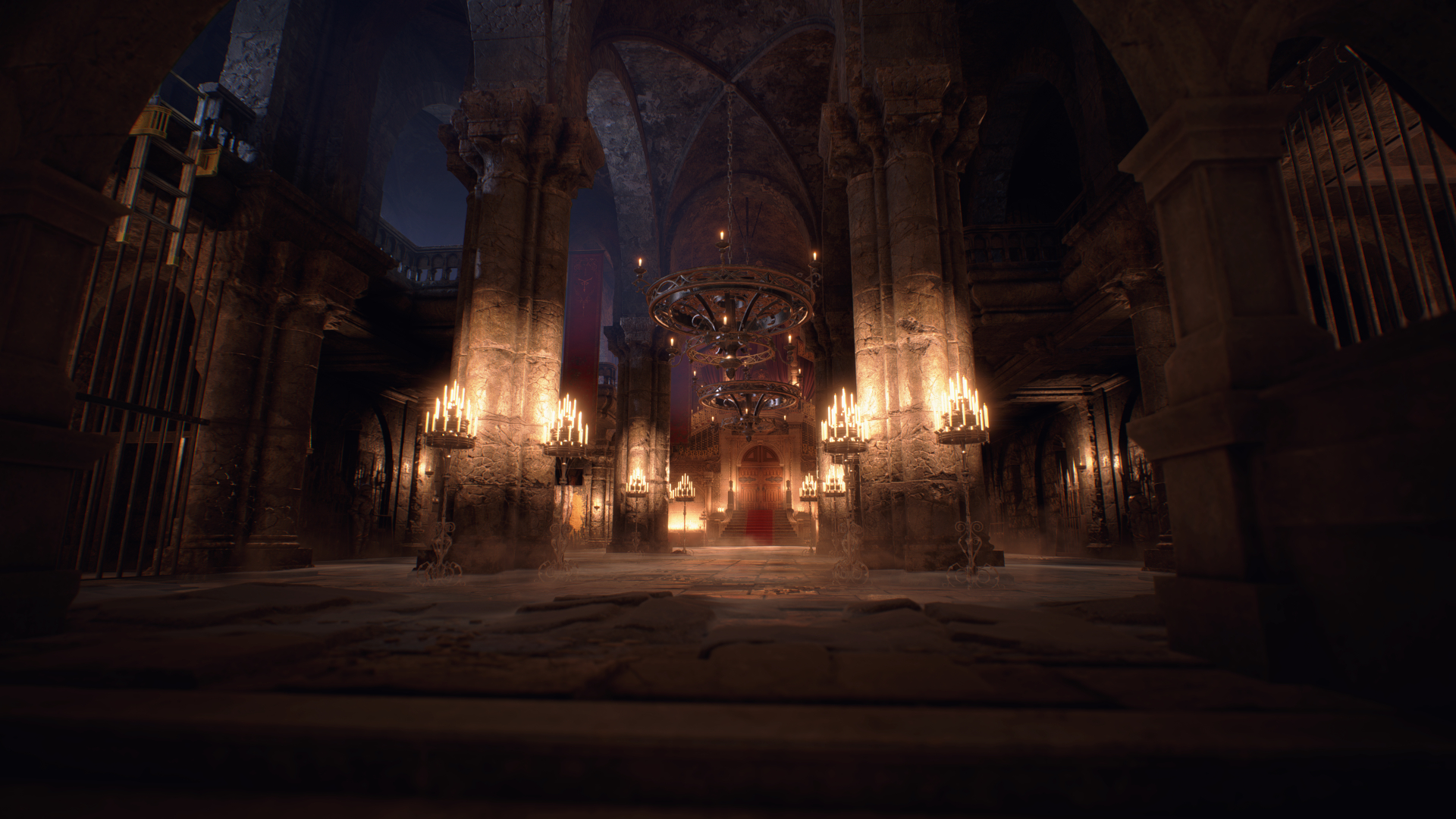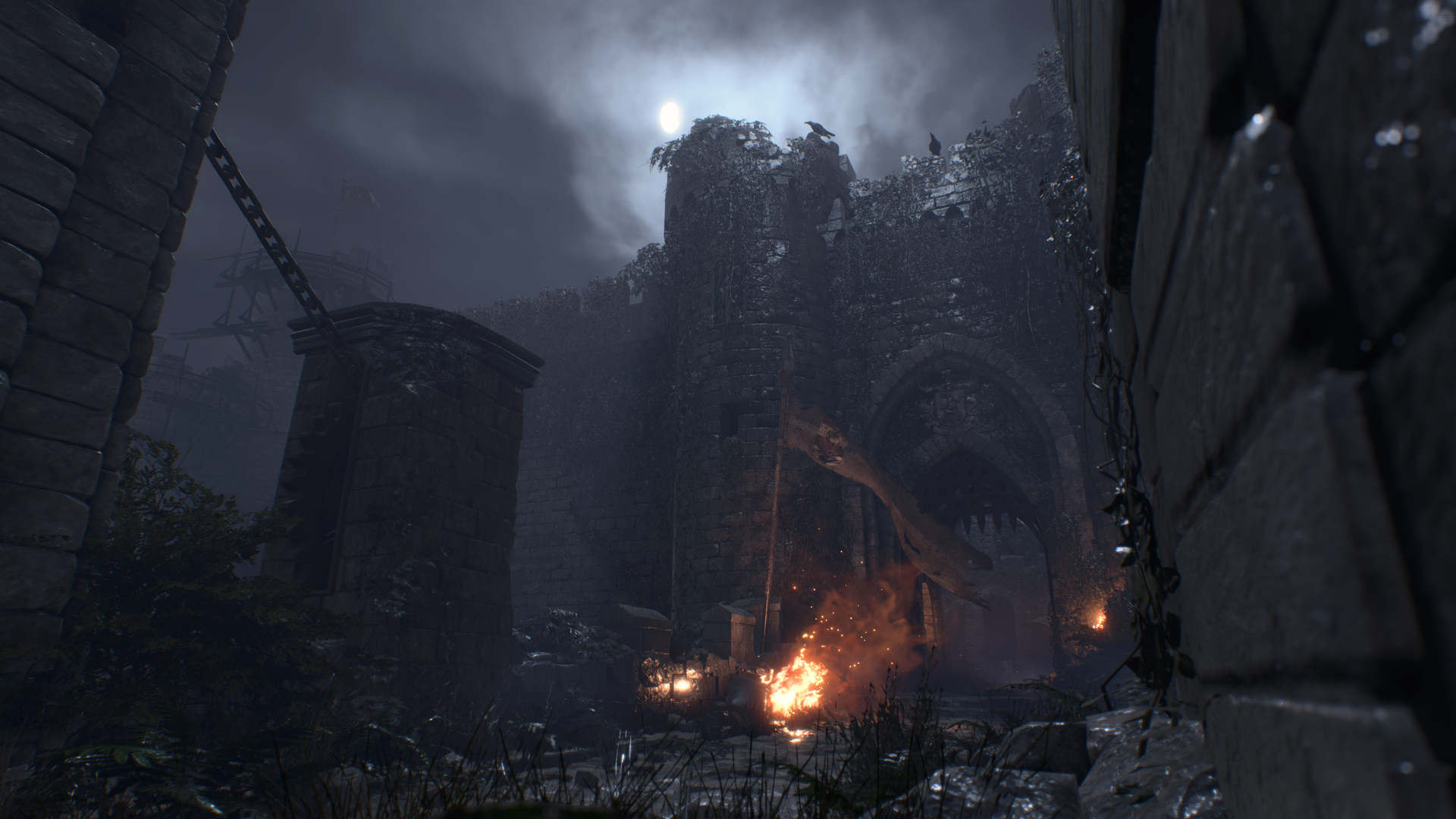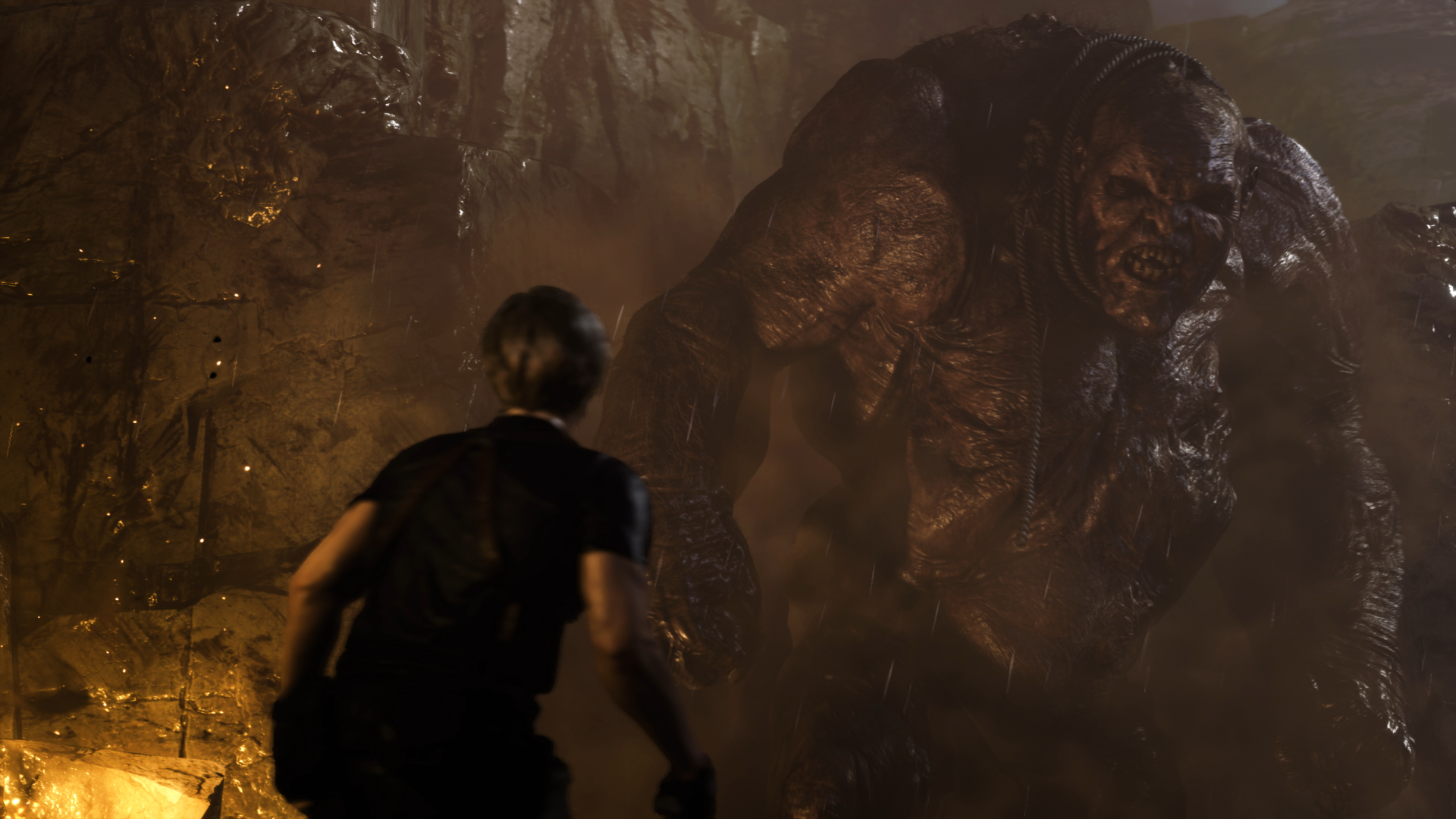
Resident Evil 4’s much-anticipated remake is finally here. And, like other games developed on Capcom’s proprietary RE Engine, it features many visual options on console, including ray tracing.
Resident Evil 4 isn’t the first RE Engine game to feature ray tracing on console. Previously, both Resident Evil Village and Devil May Cry 5: Special Edition boasted the feature on PS5 and Xbox Series X, albeit with mixed results.
In Devil May Cry 5’s case, overall texture detail took a hit to compromise for the performance demand brought on by ray tracing. And for Resident Evil Village, the setting could only really shine in certain locations, like the ornate sheen of Castle Dimitrescu.
In Resident Evil 4, though, Capcom has managed to strike an excellent balance between showing off its ray tracing effectively and keeping overall performance at a reliably high framerate. Yes, even when set to the 4K resolution mode. It’s not perfect, but well worth trying out if you want to add a layer of immersion to Resident Evil 4’s gorgeously reimagined environments.
Resolution revolution

I typically avoid ray tracing settings in most of the best PS5 games and best Xbox Series X games due to the heavy performance hit that often drops framerates to an uneven 30fps. As powerful as current-gen consoles are, they typically still can’t keep up with the demand this advanced reflections feature requires.
Resident Evil 4 is an interesting beast, though. You can actually keep ray tracing enabled in performance mode. And this is the visual setup I had throughout the initial village area. Moving over to the castle, roughly a third of the way through the game, I decided to switch over to resolution mode to see how it held up. I was surprised that the framerate stayed at 60fps, or close to it, in many of the game’s well-detailed environments.
Unsurprisingly, this was the case for interior locations mostly. Without complex geometry like flora and natural terrain to manage, the RE Engine can produce immersive shadows and lighting without noticeable framerate hiccups in less resource-intensive areas.
That’s especially true of the castle, which has plenty of reflective objects and light sources to help bring its regally macabre halls to life. Likewise, tight corridors and forgotten nooks are drenched in realistic shadows. Thanks to RE Engine’s implementation of ray tracing, this iconic video game locale is closer to photorealism than ever.
Rocky road

Ray tracing in Resident Evil 4 works brilliantly in exterior locations, too. The open-air village shines here, its muddy grounds giving way to brilliantly rendered puddles and trenches of water, all granted an extra dimension thanks to ray tracing. Similarly, the island’s rain-swept rocks are dazzling, wet surfaces shimmering brightly under the searchlights above.
It’s not quite straight As when it comes to performance, sadly. Yes, Resident Evil 4 is able to maintain high framerates on PS5 and Xbox Series X with the settings cranked up. But as expected, frames tend to dip in many outside locations and when the action gets particularly busy.
It’s clear that Capcom’s Dev 1 team has vastly improved its ability to optimize both performance and resolution modes on console.
This is felt most egregiously in a few key segments. The memorable village square shootout towards the start of the game buckles under the sheer number of infected denizens on-screen. Later, the castle’s hedge maze struggles under the pressure of rendering a mass of winding shrubbery. And any scenario that features heavy rainfall, while looking stunning, does cause the game to dip into the 30-40fps range when ray tracing is enabled in resolution mode.
It’s never quite game or immersion breaking, but certainly something to keep in mind if you champion performance over resolution. Additionally, Variable Refresh Rate capable displays can smooth over the cracks to a degree, but that does make the drops below 40fps all the more noticeable.
RE Engine's future

The occasional hiccup aside, I’m fully glad I played through Resident Evil 4 with ray tracing enabled. It’s clear that Capcom’s Dev 1 team has vastly improved its ability to optimize both performance and resolution modes on console, and has made features like ray tracing all the more palatable as a result.
We’re far from the days of Devil May Cry 5: Special Edition’s noticeable texture downgrade, and Resident Evil 2’s unrealistic shimmering reflections in the Raccoon City Police Department. It gives me hope that Capcom is well prepared for its future releases when it comes to advanced tech like ray tracing.
I don’t doubt that upcoming releases like Pragmata, Dragon’s Dogma 2, and the next Monster Hunter game will benefit from well-optimized ray tracing. And it’s clear from Resident Evil 4 that we’re beginning to see how incredible the RE Engine is.







